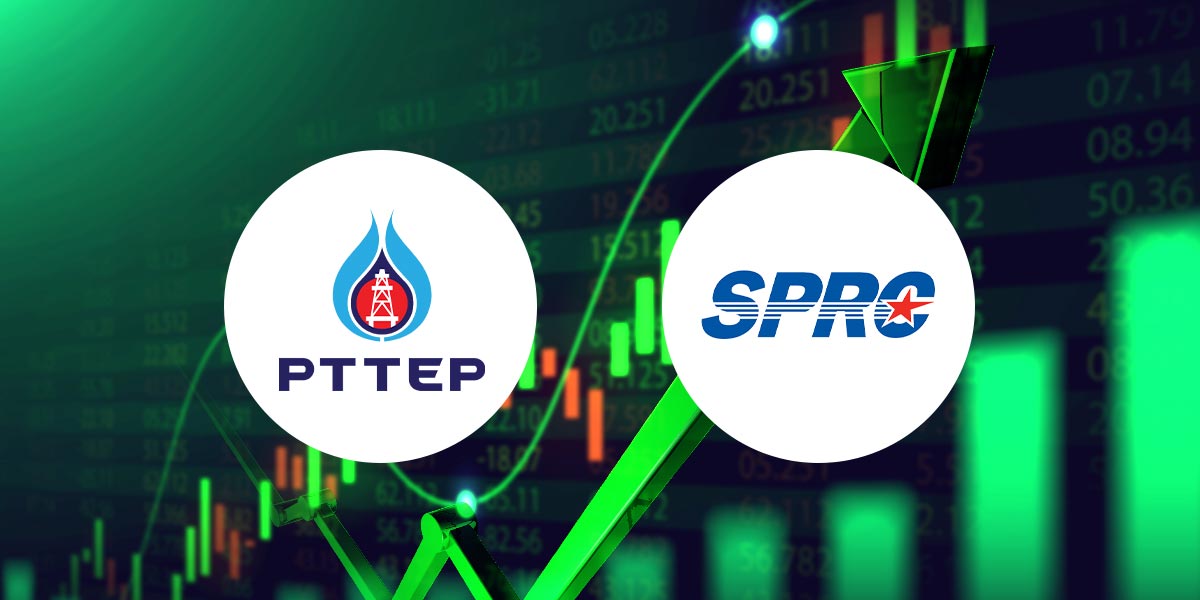OPEC and its allies reaffirmed their commitment to curb oil production, with the first two tiers of reductions—amounting to a combined 3.65 million barrels per day—extended through the end of 2026, according to a recent update from Maybank Securities (Thailand).
In a joint ministerial meeting held overnight, OPEC+ also agreed to create a formal mechanism for establishing future production quotas from 2027 onwards, although this remains a delicate topic with minimal immediate impact for the market.
Looking ahead, the coalition faces a more consequential meeting this weekend when eight nations involved in an additional voluntary reduction of 2.2 million barrels per day will consider further scaling back those voluntary cuts. The market consensus is that the group will accelerate the unwinding process in July, potentially increasing supplies by a further 411,000 barrels per day.
To date, 1 million barrels per day of these voluntary cuts have already been restored between April and June. Should July’s phased increase move ahead as expected, only 800,000 barrels per day of additional voluntary curbs would remain for August and September.
Maybank observed that oil prices appear to have established a base, with the prospect of swift supply increases largely reflected in current valuations. The feared spike in global inventories has yet to materialize, with actual supply growth likely to fall short of headline figures. Of the anticipated 411,000-barrel increase in July, just 260,000 barrels per day may hit the market, as the UAE, Iraq, and Kazakhstan are already producing above their targets by about 1 million barrels daily combined and are unlikely to lift output further.
Refining margins (GRM) remain robust, sitting in the high $6 to low $7 per barrel range, buoyed by strong demand and a slowdown in new refinery projects. The US has also seen further announcements of refinery closures, suggesting global market conditions will tighten into 2025 and beyond.
Against this backdrop, Maybank recommends buying PTTEP and SPRC, highlighting their deeply discounted valuations and attractive dividend yields in the 8–9% range. Even in a worst-case scenario, these shares offer significant yield protection, with the possibility of capital gains should investor sentiment turn more positive, particularly if global trade tensions surrounding tariffs continue to ease. Notably, both stocks were heavily sold off following prior tariff announcements and have yet to rebound despite an improving outlook for oil prices and refining margins.





